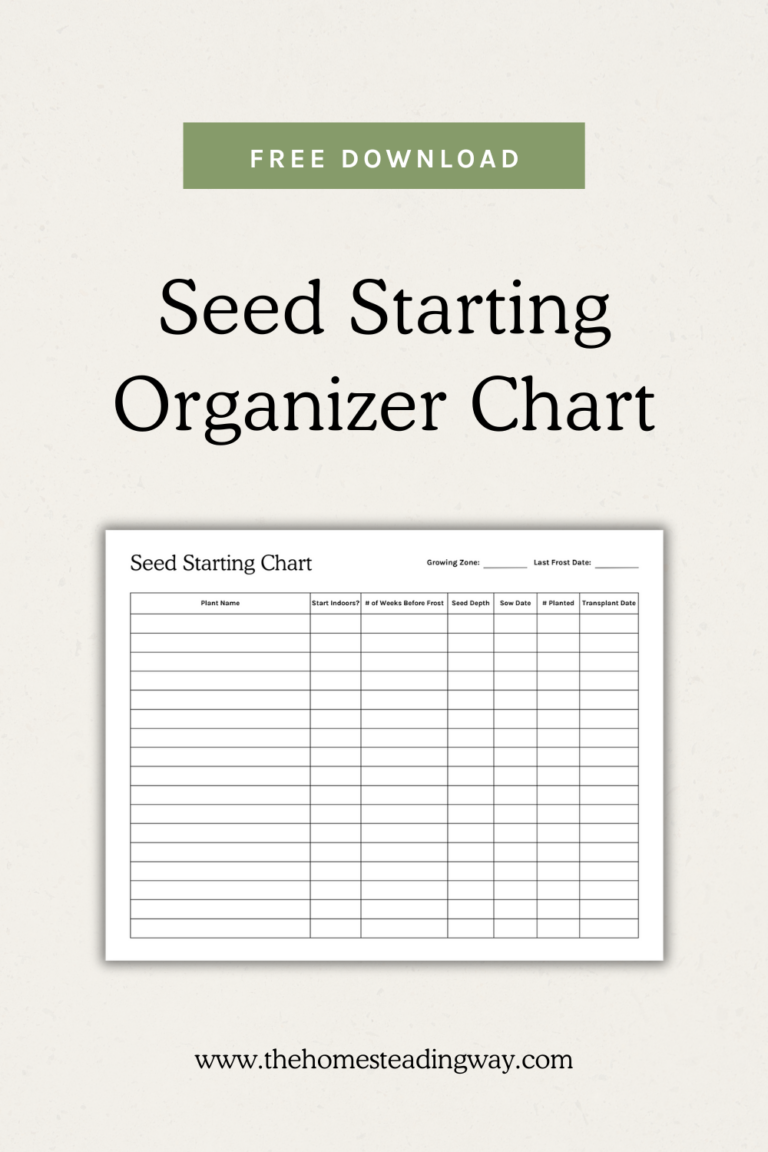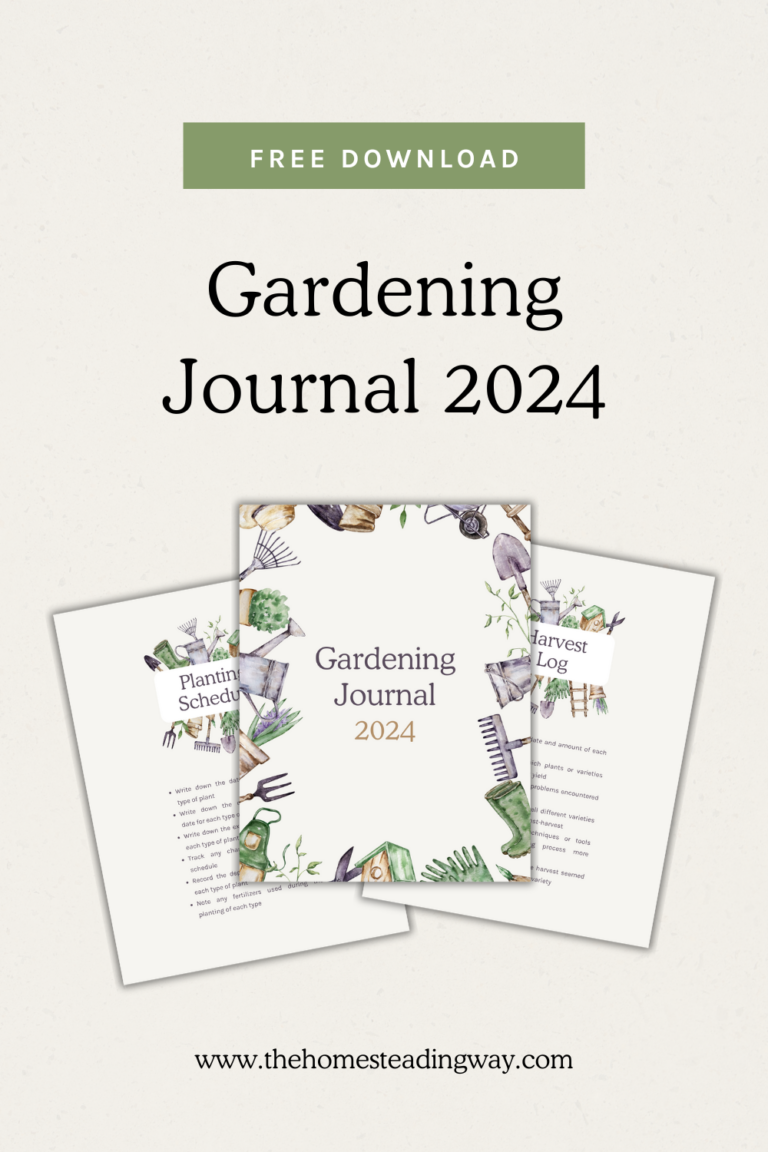Can You Compost Pasta? Here’s What You Need to Know

If you’ve ever pondered, ‘Can you compost pasta?’ while gazing at leftover spaghetti or lasagna, know that you’re not alone. Considering the average American consumes around 20 pounds of pasta per year, it’s a frequent kitchen leftover. This guide will show you how to sustainably compost pasta, transforming it into a beneficial component for your compost heap.
Understanding Composting Basics: The Art of Balancing Browns and Greens

Composting is a natural way to turn organic waste into a valuable garden resource. It’s about striking a balance between two types of materials: carbon-rich ‘browns’ and nitrogen-rich ‘greens.’
Carbon-Rich Materials (Browns)
These are the backbone of your compost pile. They include dry, woody items like leaves, straw, and wood shavings, which add bulk and structure to your compost. Paper products, such as shredded newspaper, cardboard, and even paper towels, also fall into this category. These browns are essential as they absorb excess moisture, allow air to filter through the pile, and provide the carbon needed for microorganisms to thrive and break down the materials.
Nitrogen-Rich Materials (Greens)
The greens are on the other side of the composting equation. This group encompasses organic matter that is generally more moist and dense, like kitchen scraps (vegetable peels, fruit waste, and coffee grounds), grass clippings, and green garden waste. Even certain bread products can be included as green materials. These items are rich in nitrogen, a critical element that acts as a protein source for the microbes doing the composting work.
The Balance
Achieving the right ratio of browns to greens is crucial for a successful composting process. Too many greens can lead to a smelly, slimy pile, while too many browns can slow decomposition. The general guideline is to aim for 2 to 3 parts brown for every 1 part green by volume. This balance ensures that your compost pile has enough air and moisture to foster the microorganisms that break down the organic material, transforming it into rich, crumbly compost.
Decomposition Environment
In this balanced environment, the compost pile becomes a thriving ecosystem for decomposers, from bacteria and fungi to larger organisms like worms and insects. As these creatures break down the organic materials, they generate heat, which helps to speed up the decomposition process and can even kill weed seeds and harmful pathogens.
Finished Compost
Over time, and with proper care, like regular turning and monitoring of moisture levels, this mixture transforms into a dark, rich substance known as finished compost. This nutrient-rich soil amendment is perfect for enhancing garden beds, enriching the soil, and making potting mix more nutritious for plants.
How Pasta Contributes to Composting

Both uncooked and cooked pasta, predominantly carbon-rich, are essential in maintaining the carbon-to-nitrogen ratio in your compost. This balance is vital for nurturing the microorganisms that break down the organic matter.
Methods of Composting
The right composting method can make a significant difference in efficiently recycling various types of pasta into nutrient-rich compost. Here’s a closer look at five key composting methods:
Cold Composting

Cold composting is a low-effort method where you add organic materials like dry leaves and vegetable scraps to a compost bin or pile and let them decompose naturally. It typically takes over a year to produce compost since it relies on natural processes without human intervention. This method suits gardeners who are not in a rush for compost and is less effective for cooked pasta with sauces or dairy due to slower decomposition and the risk of pests.
Hot Composting

In hot composting, you actively manage your compost pile to maintain temperatures between 90 and 140 degrees Fahrenheit by regularly turning and balancing green and brown materials. This method speeds up decomposition, produces compost within months, and eliminates weed seeds and pathogens. It’s effective for a variety of waste, including cooked pasta and complex food scraps.
Closed Compost Bins

These sealed bins provide a controlled composting environment, featuring elements to manage airflow and moisture. They are ideal for urban gardens or small spaces, effectively reducing odors and keeping pests away. Closed bins are well-suited for composting pasta, especially in areas where wildlife access is a concern.
Worm Composting (Vermicomposting)

Vermicomposting uses specific worms, like red wigglers, to break down organic waste into nutrient-rich compost. It’s crucial to maintain a balanced environment in the worm bin, avoiding overly wet or acidic conditions. Worms can compost plain cooked pasta, but pasta with heavy sauces or dairy should be added sparingly. This method is excellent for indoor composting and produces high-quality compost.
Bokashi Bucket

Bokashi composting uses an anaerobic process in a sealed container with a special bran to ferment kitchen waste. You can buy a bokashi It’s efficient for breaking down almost all types of waste, including meat and dairy, making it suitable for composting pasta with rich ingredients. The fermented waste is then added to a compost pile or buried in soil to finish decomposing.
Best Methods for Composting Various Types of Pasta
Composting pasta effectively varies based on its type and how it’s prepared. Thit’suide provides an overview of the best methods for composting different kinds of pasta, ensuring an efficient and odor-free composting process.
Uncooked Pasta

Uncooked pasta is a versatile composting material compatible with all composting methods. To prepare it for composting, it’s best to break the pasta into smaller pieces. This increases the surface area, aiding in quicker decomposition by the compost’s microorganisms. For an efficient composting process, mix these smaller pasta fragments with nitrogen-rich ‘green’ materials. Suitable green materials include vegetable peels, fruit scraps, or coffee grounds. This mixture helps balance the compost and accelerates the decomposition process.
Cooked Plain Pasta

For composting cooked plain pasta, closed compost bins are the most suitable due to their excellent moisture control and ability to prevent pest infestation. While cold composting is also an option, it generally requires a longer period for the pasta to decompose fully. When adding cooked pasta to the compost, it’s crucial to do so in small quantities. This practice helps avoid the attraction of pests and prevents excess moisture in the compost. Additionally, if you’re using worm composting methods, remember that worm bins can process cooked plain pasta effectively. However, moderation is vital to maintaining a healthy environment for the worms.
Cooked Pasta with Additional Ingredients (Sauces, Dairy, Meat)

Composting cooked pasta that includes additional ingredients like sauces, dairy, or meat is best accomplished using a Bokashi Bucket. This method is highly effective because it handles complex food waste anaerobically. After the fermentation process in the Bokashi Bucket, you can integrate the waste into a traditional compost pile or garden soil. This allows for the final decomposition and ensures that even the more complex pasta dishes contribute positively to your composting efforts.
Safety and Precautions in Pasta Composting
Composting pasta effectively requires careful attention to safety and maintaining the health of your compost pile. Here are key practices to ensure a successful composting process:
- Regular Monitoring: Consistently check your compost heap, especially after adding new batches of pasta or other materials. Look for signs of imbalances, such as unpleasant odors, pests, or an overly wet or dry appearance. Monitoring helps in the early detection of issues, allowing you to take corrective action promptly.
- Maintain Moisture Levels: Keeping the compost moist but not soggy is essential. Overly wet compost can lead to anaerobic conditions, where the lack of oxygen can cause foul odors and hinder the composting process. If the compost seems too dry, add water or green materials with high moisture content. Conversely, if it’s too wet, add more brown materials like dry leaves or straw to absorb excess moisture.
- Aerate Regularly: Turning your compost pile regularly is vital for introducing air into the mix. This aeration is essential for maintaining an aerobic environment, where oxygen helps microorganisms break down organic material more efficiently. Aerating the compost also helps distribute moisture and heat evenly throughout the pile, enhancing decomposition.
- Pest Control: Pasta, when cooked, can attract pests like rodents and insects if not appropriately managed. Add pasta in smaller quantities to minimize this risk and bury it well within the compost pile. Using closed compost bins or Bokashi buckets can also help in controlling pests.
Frequently Asked Questions
Does Pasta Decompose?
Yes, pasta does decompose. In a compost pile, pasta breaks down over time, especially when mixed with other compostable materials that help speed up decomposition.
Is Uncooked Pasta Good for Compost?
Yes, uncooked pasta is an excellent addition to compost. As a carbon-rich material, it decomposes effectively, especially when broken into small pieces, contributing to a balanced and nutrient-rich compost.
Is Pasta Good for the Garden?
Indeed, composted pasta, both cooked and uncooked, enriches garden soil with valuable nutrients. It improves soil texture and fertility, promoting healthier plant growth.
Can You Compost Pasta Salad?
Yes, you can compost pasta salad, mainly if it contains primarily pasta and vegetable-based ingredients. However, if it includes creamy dressings, cheese, or meats, use a Bokashi system or closed compost bin to avoid attracting pests and introducing harmful bacteria.
Conclusion

Got leftover pasta? Transform it into garden gold with composting! This guide has equipped you with the know-how to convert various types of pasta into rich compost. It’s all about the right balance and method. Whether you use cold composting for simple scraps or a Bokashi bucket for saucy dishes, each noodle contributes to a more fertile garden. Remember, composting pasta isn’t just about waste reduction—it’s a step towards sustainable gardening. So next time you’re left with extra pasta, let your compost heap turn it into something beneficial for your green space.











